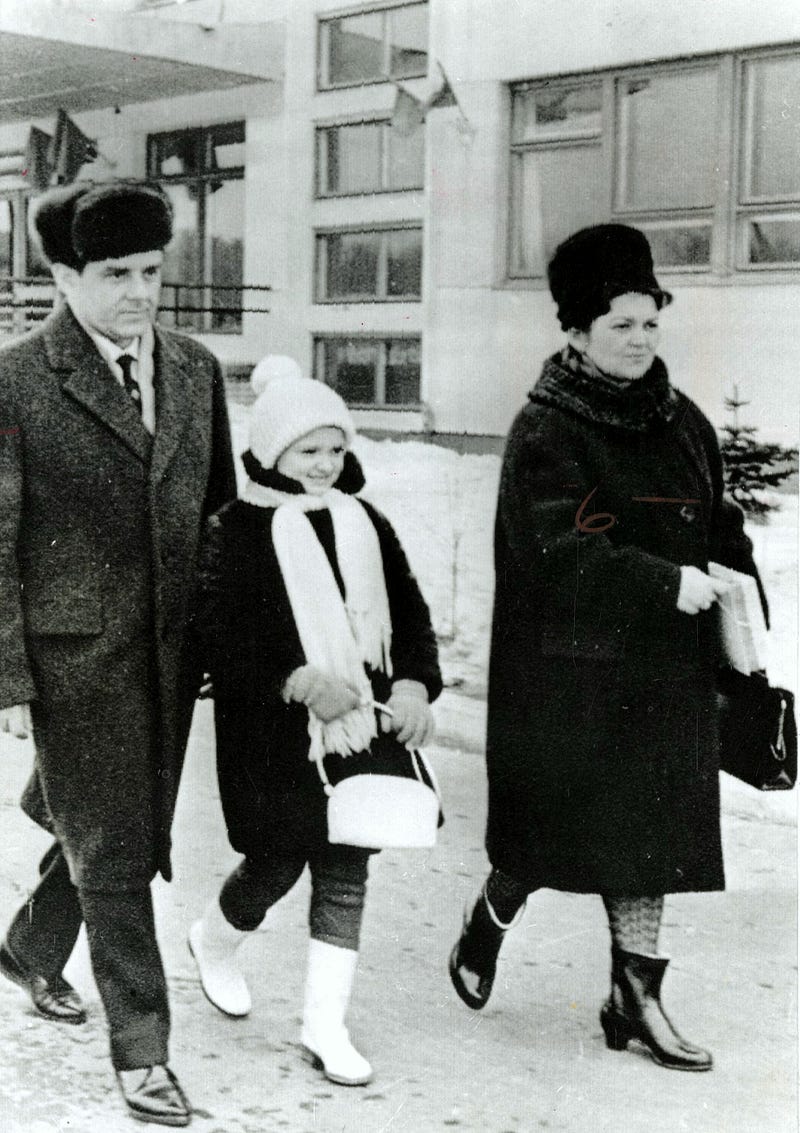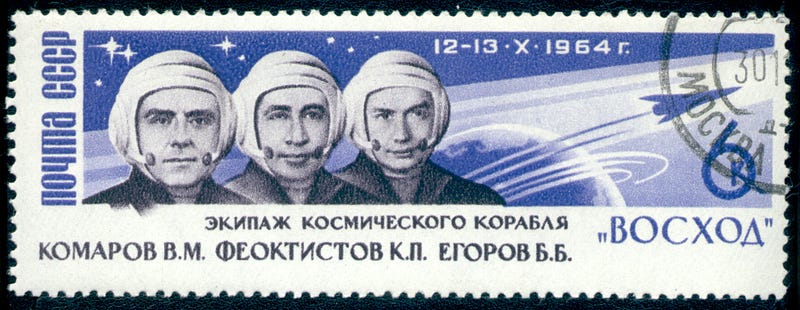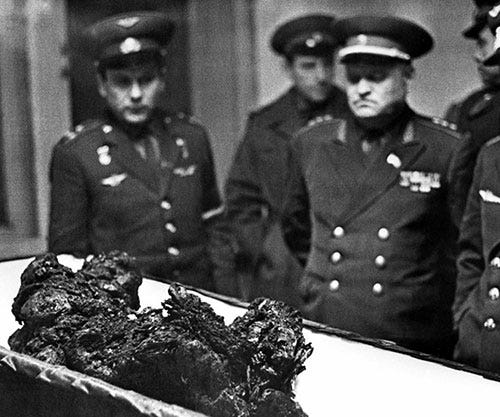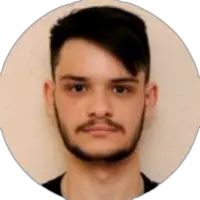 he space race between the Soviet Union and America was the centerpiece of the Cold War. In this period, a country’s prestige counted as much as its military might in terms of international status, making the space race and reaching certain milestones important for both rivals.
he space race between the Soviet Union and America was the centerpiece of the Cold War. In this period, a country’s prestige counted as much as its military might in terms of international status, making the space race and reaching certain milestones important for both rivals.
This pushed both countries to cut corners when it came to how they achieved these milestones leading to many avoidable accidents, the earliest of which happened right at the start of the space race. This accident led to the first space-flight-related death in history, more specifically, the death of pilot Vladimir Mikhaylovich Komarov.
Aim for the stars

Владимир Михaилович Комаров (Anglicised: Vladimir Mikhaylovich Komarov) was born in Moscow on 16 March 1927. Born to a normal middle-class family in the USSR, his father was a laborer who later was drafted into the Red Army as the Great Patriotic War (what the Russians called World War II) started. His father would die while fighting for his country, something experienced by many Soviet families due to the mass casualties seen on the Eastern Front.
During his teenage years, Komarov took a particular interest in aeronautics resulting in him joining the 1st Moscow Special Air Force School in 1942. There he would work hard as the war raged on the Eastern Front, but by the time of his graduation, the war was already over, meaning that he wasn’t called into combat.
Komarov continued with his training working his way up the ranks within the Soviet Air Force. In 1949, one year after his mother’s death, he would achieve the rank of полковник (Anglicised: polkovnik), which is the equivalent of a lieutenant.
After flying with the 486th Fighter Aviation Regiment of the 279th Fighter Air Division in the Prikarpate Region for 5 years, he joined the N.E. Zhukovsky Air Force Engineering Academy to pursue his dream of being a test pilot. By 1959 he was promoted to the rank of senior engineer-lieutenant, which gave him the power to achieve his dreams. He became a test pilot at the Central Scientific Research Institute at Chkalovsky in 1959.
Air Force Group One
Due to his newfound status, Komarov was invited to a trial that was open to only 3000 participants, of which only 20 would be chosen to be part of the new Air Force Group One. Although his age held him back, his natural skill in mathematics and his experience being an engineer meant that he would be chosen as one of the 20 members, breaching the strict “no older than 27” rule.
Although not fit enough to be put on the first space flights, Komarov assisted in other aspects of the program, such as the production of the aircraft, and in the end, he would get his time to shine.
This would be in the multi-manned mission to space under the name of Восход-1(Anglicised: Voskhod 1), a short but important mission in which many scientific tests were performed. This flight would also result in Komarov receiving the USSR’s highest award, the Hero of the Soviet Union medal.

This would prove to be the first and last successful mission that Komarov would perform, as his next mission would prove fatal. This mission would be in the Союз 1(Anglicised: Soyuz 1) aircraft, an aircraft that had many design flaws, flaws that Komarov would point out many times to no avail.
Soyuz 1

For the Soyuz 1 mission, Komarov was set to be the primary pilot for the mission with Yuri Gagarin being his backup. Gagarin wanted to put himself forward for the mission as he thought that the Soviet leadership wouldn’t risk their “star-boy” in such a dangerous mission. He hoped that this would push the program towards making the aircraft safer.
This did not deter Komarov. It was said that Komarov accepted the mission to protect Gagarin from death or injury as he did not trust the Soviet leadership to cancel the flight outright. He stated that if he was to be killed in the mission, he would want his funeral to be an open-casket so the Soviet leadership could see what they had done by not outfitting the aircraft propeller.
This would become a self-fulfilling prophecy as during his orbit, Komarov experienced many problems with the electrical apparatus within the aircraft leading to many complications, especially during re-entry.
The ultimate fatal flaw would come with the aircraft’s parachute system, which failed to activate during re-entry resulting in the aircraft traveling at around 35 m/s when it impacted the ground, killing Komarov instantly.
Impact
Komarov’s death was the first recorded death of a cosmonaut as a result of spaceflight. It shook the Soviet Union to its core, with the most impacted being those part of Air Force Group One. In a statement from a member of the group, it was stated: “He was our friend. Before his death, the press and public had paid little attention to the extreme risks we took.”
A public statement was given collectively by his colleagues to the state newspaper Правда (Anglicised: Pravda) where they declared:
“For the forerunners it is always more difficult. They tread the unknown paths and these paths are not straight, they have sharp turns, surprises and dangers. But anyone who takes the pathway into orbit never wants to leave it. And no matter what difficulties or obstacles there are, they are never strong enough to deflect such a man from his chosen path. While his heart beats in his chest, a cosmonaut will always continue to challenge the universe. Vladimir Komarov was one of the first on this treacherous path.”
Truly the job of a cosmonaut is one of the most demanding, stressful, and fear-inducing that anyone could perform. Like our ancestors, stepping into uncharted territory has always been both our goal and downfall. Human curiosity has no bounds, and the space race was the biggest embodiment of this human will to find out more.
With the advent of a new space era just starting because of the enterprises of SpaceX, Boeing, and other commercial space ventures, we can only wonder, how long until we go back to the stars?

Student of Philosophy, Politics and Economics. History fanatic. Contact: aneculaeseicg@gmail.com





